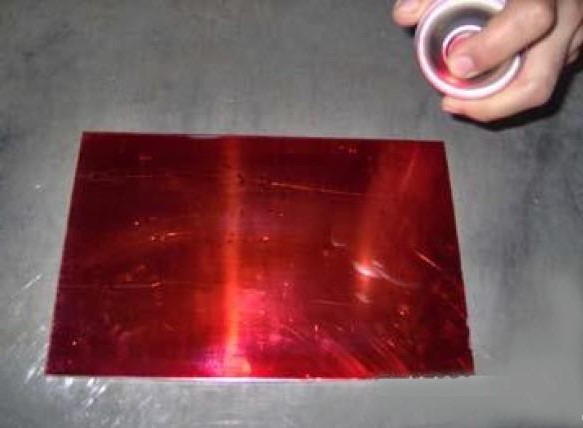Penetrant test (inspection) method is an important inspection method used for the detection of surface defects. Errors must be open to the surface being examined. Faults that remain under the penterant test surface or whose surface is closed for any reason cannot be detected with this method.
The penetrant fluid, which has penetrated into the surface discontinuities with a capillary effect, is drawn back to the surface by the developer and the symptoms of discontinuity are obtained. Discontinuities; If there is a crack type, linear symptoms are obtained, and if it is a pore type, round symptoms are obtained.
The liquid penetrant test can be used to detect surface defects in all metallic or non-metallic materials.Penetrant test, it is not possible to apply this method in a healthy way in the examination parts having a very porous structure. Only surface defects can be detected. In cases where the surface cleaning of the material or product is not suitable, it directly affects the result and affects it negatively.
In addition, a final cleaning process may be required after the examination. The use of chemicals requires special care. (For example, waste, etc.)
General Standards:
EN ISO 3452-1 - Non-destructive testing - Penetrant inspection - Part 1: General rules
EN ISO 3452-2 - Non-destructive testing - Penetrant inspection - Part 2: Inspection of penetrant materials
EN ISO 3452-3 - Non-destructive testing - Penetrant inspection - Part 3: Reference inspection blocks
EN ISO 3452-4 - Non-destructive testing - Penetrant inspection - Part 4: Devices
EN ISO 3059 - Non-destructive testing - Penetrant inspection and magnetic particle inspection - Inspection requirements

